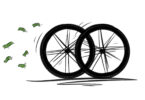Zwift provide the most popular virtual training platform, almost synonymous with indoor cycle training. In September the US brand launched their first physical training device with the Zwift Hub. In doing so, they prioritised ease of use and a realistic cycling experience, priced at just € 499. How does the hardware perform?

For many, wintertime means smart trainer time, and that in turn usually means logging in to the likes of Zwift, TrainerRoad, Wahoo RGT, Rouvy and sweating indoors. The reasons for this are many: shorter days, cold, and slippery roads. Added to that is the seemingly endless fight against road grime and salt, which you’re bound to lose. In conditions like that, how can you stick to a structured training plan so as not to start from scratch in the spring? For more and more athletes, the answer is an indoor smart trainer. There you’ll find virtual races, training plans and workouts. But which smart trainer is the best if you’re just getting started? According to Zwift, many newcomers to the scene are scared off by the wide selection of smart trainers on the market (see our group test) and the technical hurdles of indoor training. They claim it’s as many as 3 million people, so roughly double their user base. Zwift are targeting these potential users with the Zwift Hub smart trainer, helping them overcome the biggest barriers to entry. But what is the Zwift Hub smart trainer capable of and is it only for beginners, or can experienced riders benefit too? We tortured ourselves in our pain cave for a few hours to give the Zwift Hub a spin.
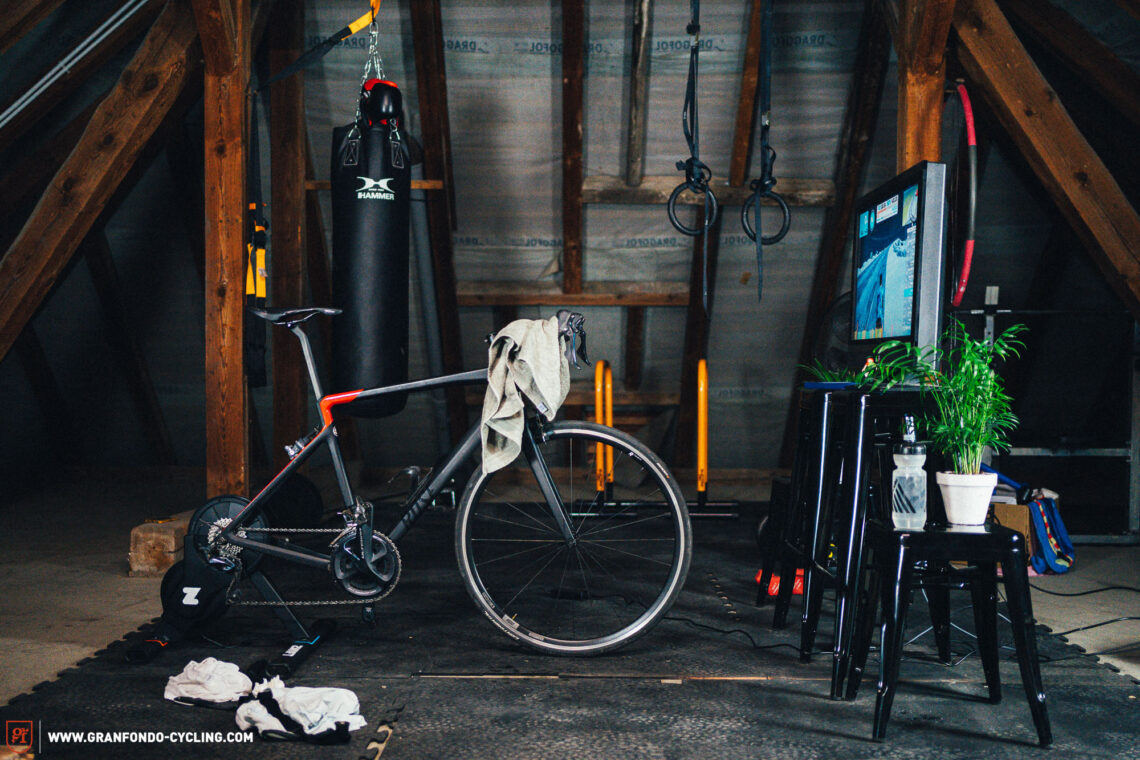
The bare facts and where the Zwift Hub smart trainer fits in
For all those who want the hard facts, here are the basic specs of the Zwift Hub smart trainer:
Size, weight and feel
- length: 49.7cm
- width: 61.2 cm
- height: 46.1 cm
- weight: 15 kg
- not foldable
- has no carrying handle
- non-adjustable feet height
Performance and data
- accuracy: +/- 2.5 %
- This means that the Zwift Hub isn’t approved for elite esports competitions, where the accuracy was specified to be within 1 % in 2022.
- Nevertheless, the Zwift Hub will let you take part in all the common community races, such as the Tour de Zwift.
- max. power: 1,800W
- max. resistance: 16%
- flywheel weight: 4.7 kg/10.3 lb
- measured data: power, cadence, speed and distance
Connection
- data transfer via Bluetooth FTMS and ANT+ FE-C
- can be controlled via Bluetooth FTMS or ANT+ FE-C
- can connect to an ANT+ heart rate monitor and transfer data via Bluetooth
- LED indicates the ANT+ and Bluetooth connection status
- Over-the-Air firmware updates via Bluetooth with the Zwift Companion App
Other technical specs
- max. rider weight: 120 kg
- noise level: 52 dB at 250 W
- operating temperature: -10 °C to + 25 °C
- minimum power required: 90 W
- standard cassette configurations
- 12-speed option: 11–30 t
- 8-, 9-, 10- and 11-speed options: 11–28 t
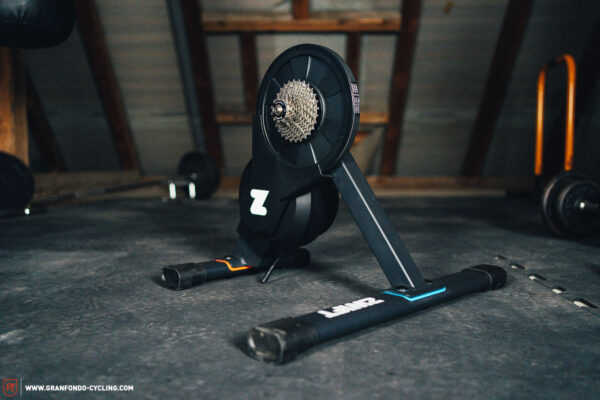
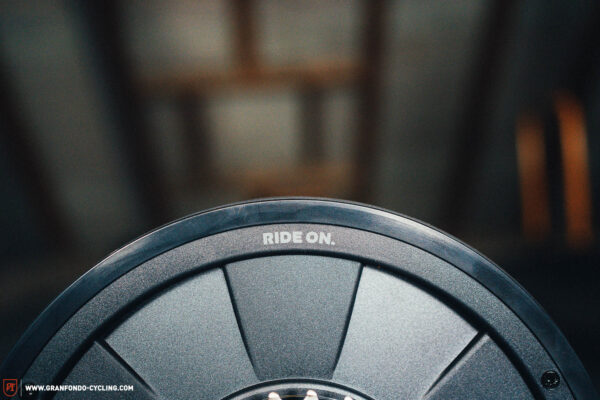
Looking at the numbers and comparing them to the competition
As expected, the numbers of the Zwift Hub bike trainer reveal that it sits amongst the entry-level players for smart trainers. It looks rather flimsy and at 15 kg, it’s relatively light compared to the competition, with the flywheel weighing just 4.7 kg. However, the maximum power and incline are on par with the likes of the Wahoo KICKR Core Smart or Elite Suito-T. In this respect, the Zwift Hub is significantly better than the Tacx FLUX S. However, the biggest difference to many other models is the price, going for € 499 with your choice of cassette already fitted.
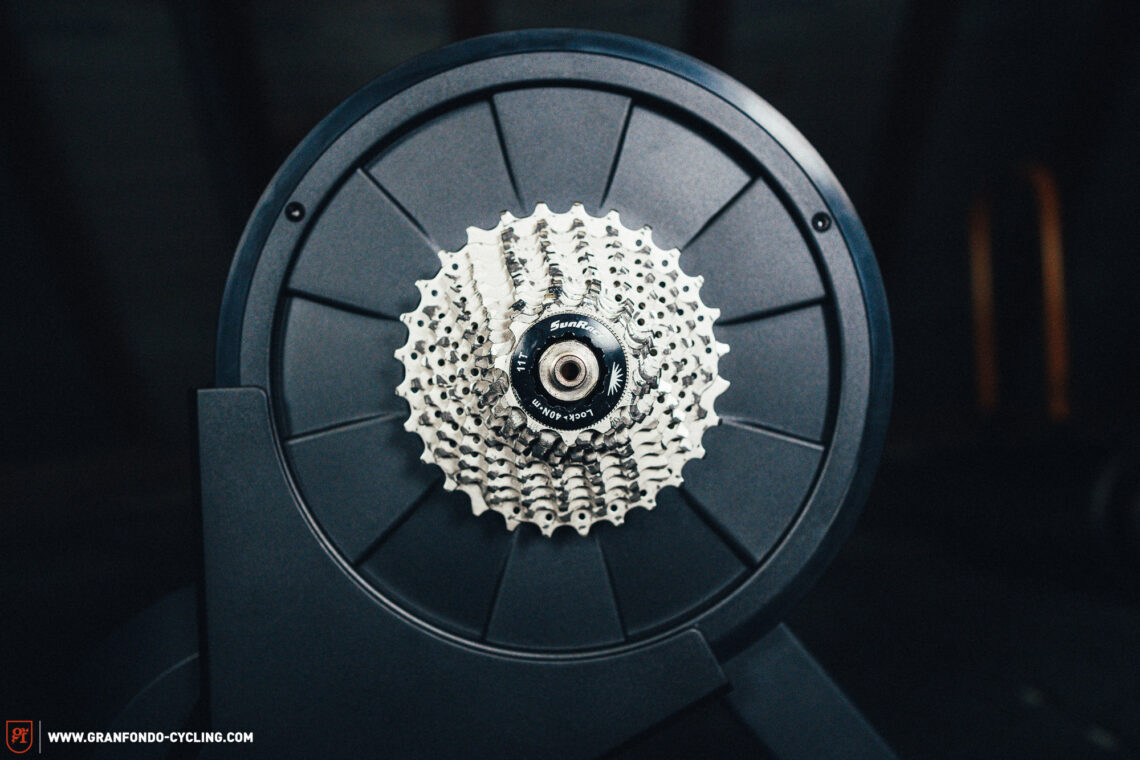
Compatibility of the Zwift Hub smart trainer
- wheel sizes: suitable for 650c, 700c, 24″, 26″, 27.5″, 29″, road and MTB wheels
- axles: compatible with 130 mm and 135 mm quick release, and 12 x 142 mm and 12 x 148 mm thru axles
- Freehub compatibility: 8-, 9-, 10-, 11- and 12-speed Shimano HYPERGLIDE cassettes
Is the Zwift Hub compatible with other programs?
Thanks to ANT+ and Bluetooth connectivity, it can be used with just about any other software for indoor cycle training, such as TrainerRoad, Wahoo RGT, Rouvy, etc.
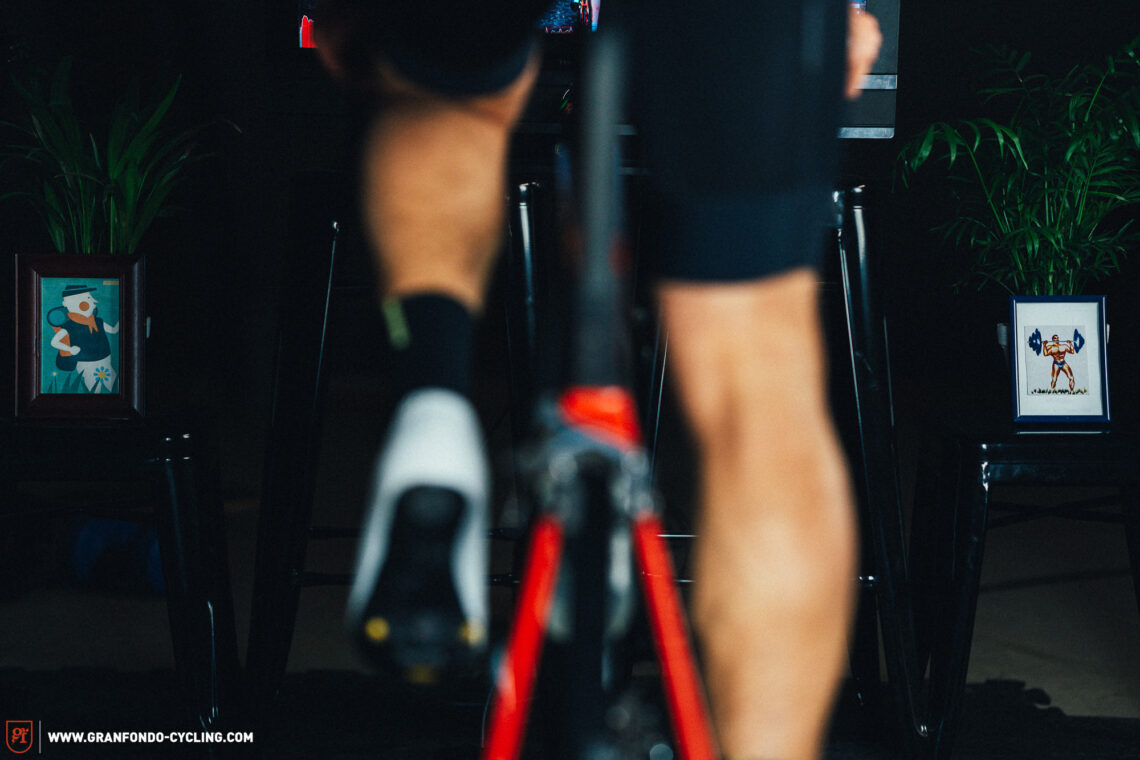
What isn’t compatible with the Zwift Hub smart trainer?
Although the Zwift Hub smart trainer is compatible with 12-speed drivetrains, it can’t be used with SRAM AXS flat top chains according to Zwift. It seems to work technically, but Zwift haven’t given it the green light (yet). The same applies to all Campagnolo drivetrains. Due to the Shimano HYPERGLIDE freehub body, it won’t work with Campagnolo cassettes. That said, you’ll find various workarounds for this, like replacing the freehub body or using a special cassette like the Miche Primato with Campagnolo spacers. Again, Zwift’s official statement on this is: “We are working on it.” The one thing Zwift aren’t planning is the option of using the trainer offline. Nevertheless, they say the Zwift Hub can function as a stand-alone trainer, but they don’t reveal how to set the resistance in that case. We tried it with the Wahoo ELEMNT as well as the myETraining app from Elite. It worked with whe Wahoo Companion App, recognising the Zwift Hub and letting you do your training rides. The Elite myETraining app, on the other hand, didn’t work.

What makes the Zwift Hub different from other smart trainers?
First off, the Zwift Hub wasn’t developed by Zwift in-house. Instead, it’s largely based on the JetBlack Volt smart trainer, which was launched in 2021. The Zwift Hub is virtually identical, apart from a few clever additions. The changes that Zwift have made to the Hub relate to the firmware, unboxing experience, and more clearance for disc brakes. Specifically, the Zwift Hub differs from other smart trainers by:
- coming with a pre-installed cassette (buyer’s choice from 8- to 12-speed)
- having coloured markings on the housing and feet for a simplified setup
- required tools included in the scope of delivery
- updates via the Zwift Companion app
- seamless integration with the Zwift software
- Zwift Hub kit for your avatar in the game
- more clearance for brake callipers
In summary, these aren’t any new killer features that the indoor cycling world has been waiting for. But Zwift’s approach of providing a simple smart trainer that takes beginners and tech lazy people by the hand has been consistently implemented.

The Zwift Hub smart trainer in action
So much for theory, now for practice. How does the Zwift Hub perform during set-up, and especially during training sessions? To find out, we spent several hours on the smart trainer. In doing so, we sampled everything the Zwift universe has to offer, from free form practice rides, to workouts, to group rides, and even Zwift races.
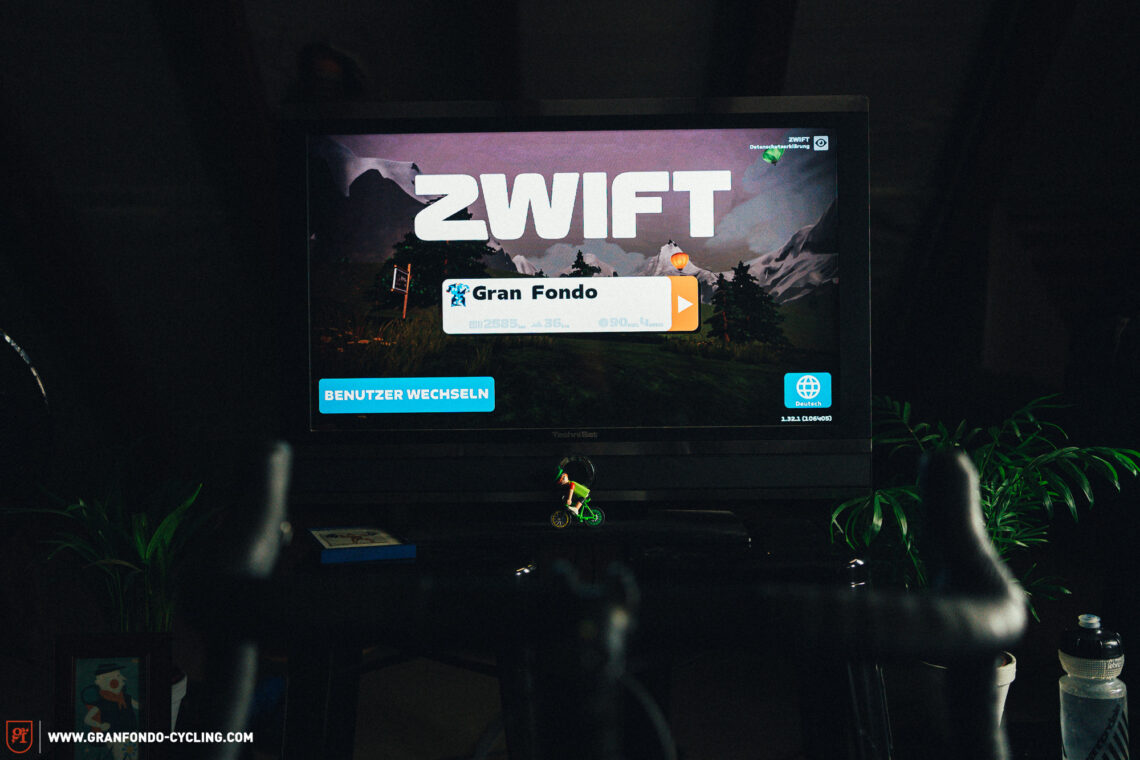
Unpacking and assembling the Zwift Hub
The simple but smart packaging design makes you look forward to getting everything unpacked and assembled. There’s even a QR code printed on the outside, which takes you directly to an assembly guide. You’ll find everything you need to get the job done in the package. From wrenches and colour coded templates for determining the axle width, to the legs and three different cables for the plugs of different countries. You’ll also find a detailed manual included in the package. The size of the smart trainer and the components look a bit flimsy, but it’s sturdy, nonetheless. In terms of design, the Zwift Hub is more functional and less fancy than other smart trainers.
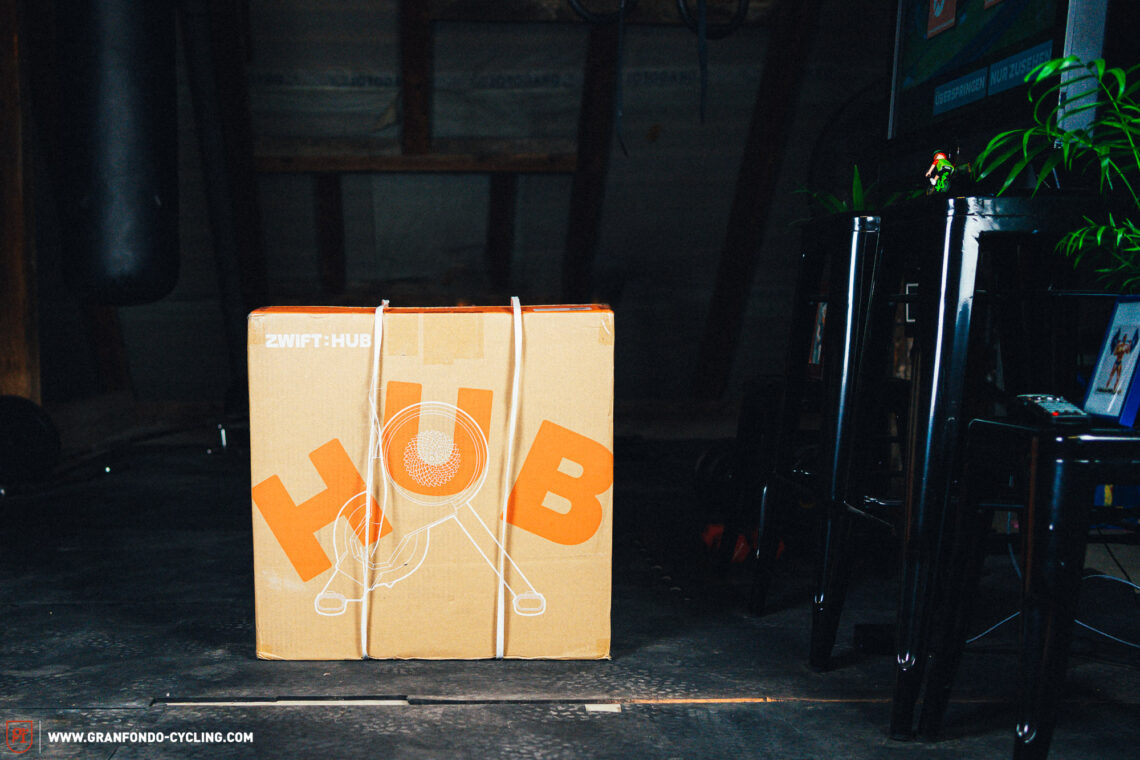

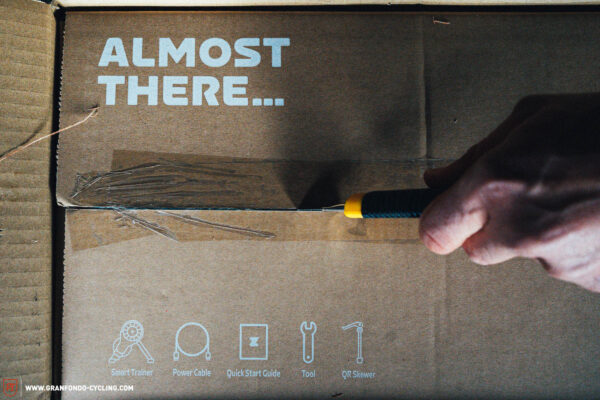
The assembly is quite simple, and it would take a lot to get anything wrong or not understand the instructions. As with joining electrical cables, you simply match the colours and before you know it the Zwift Hub is on its feet. All that’s left to do is plug in the power cable with the right plug for your country, insert the appropriate axle adapter using the colour coded cards, and clamp in your bike. Even the most technically unskilled folks should be able to complete the setup in about 20 to 30 minutes. The only thing we didn’t find in the box was a support for the front wheel, which most other brands provide.
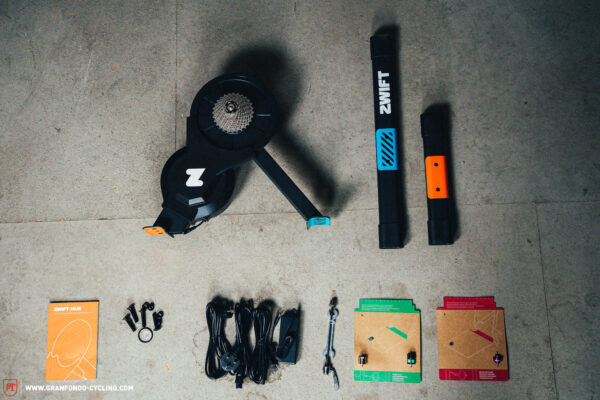

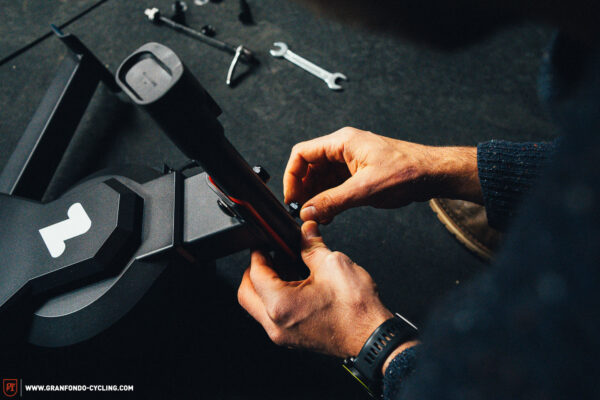
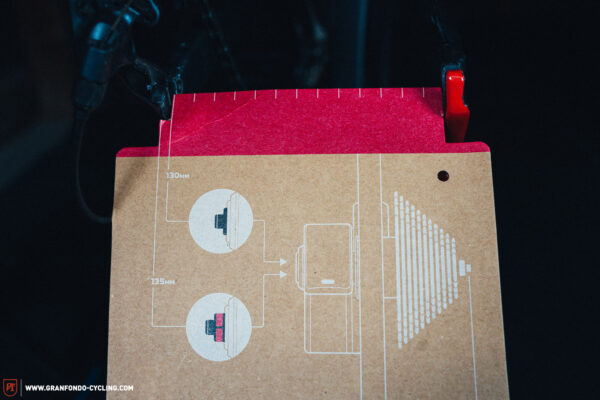
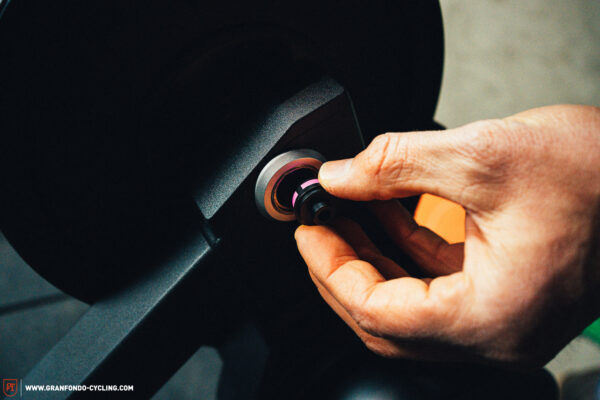
Setting up and pairing the Zwift Hub
The next step is coupling the Zwift Hub with Zwift. We used an iPhone and Apple TV for our test and didn’t have any problems. The Zwift software instantly recognised our Zwift Hub. We immediately got a notification that there was an update available, which we downloaded and installed within two minutes by going to “More” and then “Zwift Hardware” in the Zwift Companion app. Connecting the Wahoo TICKR heart rate monitor took no time at all either.
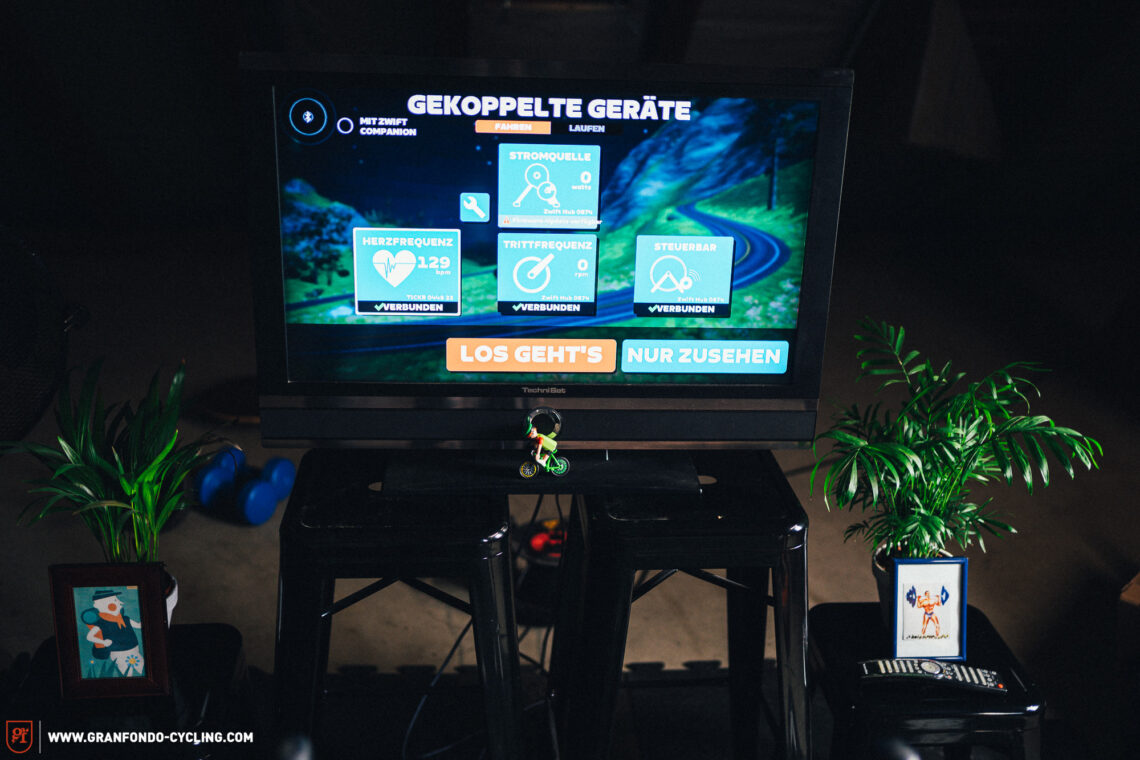
Feeling of the Zwift Hub
And just like that we were ready to go! We raced up and down Watopia’s hills, through the streets of Innsbruck and along the skyscrapers of New York. The resistance when pedalling feels pleasant and natural. There was no delay or juddering with changing resistance levels as when approaching a climb. The noise level remained low in all the wattage ranges we could reach. It’s quiet enough to be used in the living room. Even if you’ve got a baby sleeping in a neighbouring room or your better half wants to read, the Zwift Hub won’t disturb them.
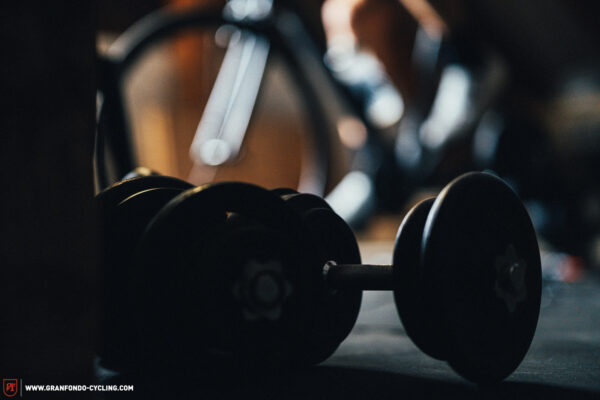

We spent a lot of time in ERG mode. In that case, the smart trainer automatically controls the resistance to meet the wattage specifications within a workout. That way you can concentrate on sweating and suffering and not on finding the right gear. While we’ve occasionally experienced problems with the cadence in ERG mode with other indoor-trainers, that’s not the case with the Zwift Hub. Whether 140 or 480 watts, we never had problems keeping to the specified cadence. Transitioning between intervals went smoothly, too.



In our all-out test, we were able to get the Zwift Hub to almost 1,200 watts on the dot. Let’s be honest, who of us hobby riders are capable of putting out more than 1,400 watts at the peak? In this respect, the Zwift Hub’s maximum power of 1,800 watts is more than sufficient. What didn’t suffice for hard efforts, on the other hand, was the Hub’s stability. Whenever we got to the finish line sprint in a race, the smart trainer wobbled from side to side slightly. It never got so bad that we thought it might tip over, but there was clearly noticeable movement. When dismounting the bike, it also tilted to the side quite easily. However, the stand didn’t budge when pedalling while seated. The Zwift Hub emitted a plasticky smell during the first 50 kilometres, which was probably due to the flywheel heating up. It gets very, very hot. After 80 kilometres, only the heat remained, as the smell had dissipated.
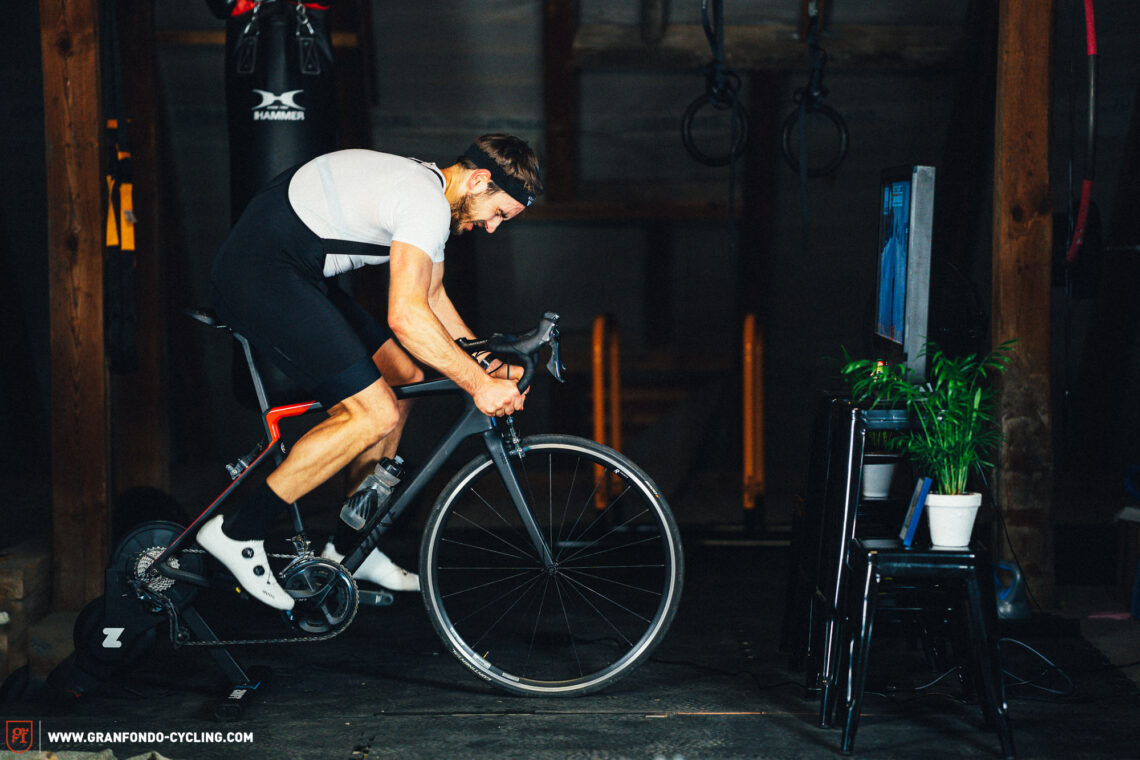
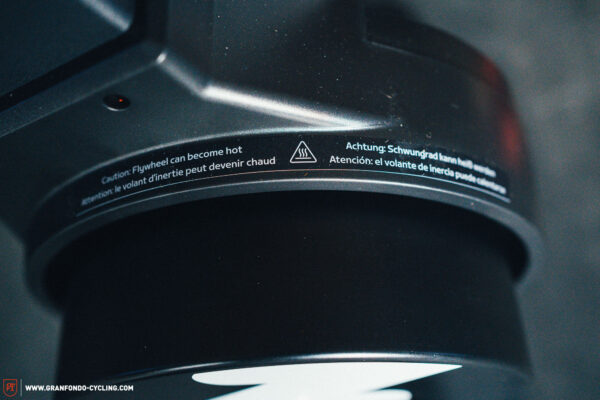

Conclusion
The Zwift Hub makes it easy for newcomers to get started. Thanks to the intuitive design and the pre-installed cassette, even the technically unskilled amongst us can overcome the hurdles of indoor training. The performance specs are perfectly sufficient for regular cyclists who simply want to stay fit through the winter. For € 499, you get a decent and user-friendly smart trainer. More competitive riders will be happier with other devices, but that’s not who the Zwift Hub is targeting.

Tops
- easy to assemble
- easy integration with the Zwift universe
- affordably priced
- smooth and natural feeling resistance
- low noise levels
Flops
- wobbly when standing up to pedal and dismounting
- flywheel gets very hot
- plastic smell during the first few kilometres
Did you enjoy this article? If so, we would be stoked if you decide to support us with a monthly contribution. By becoming a supporter of GRAN FONDO, you will help secure a sustainable future for high-quality cycling journalism. Click here to learn more.
Words & Photos: Martin Staffa


